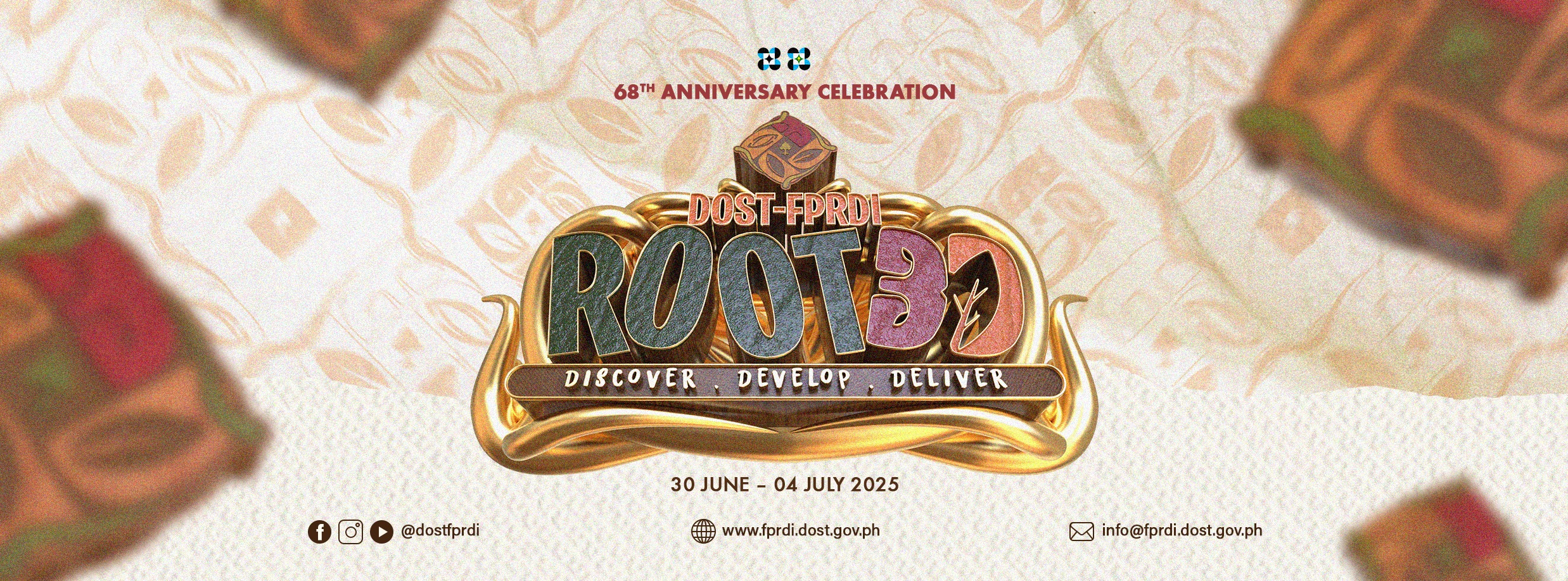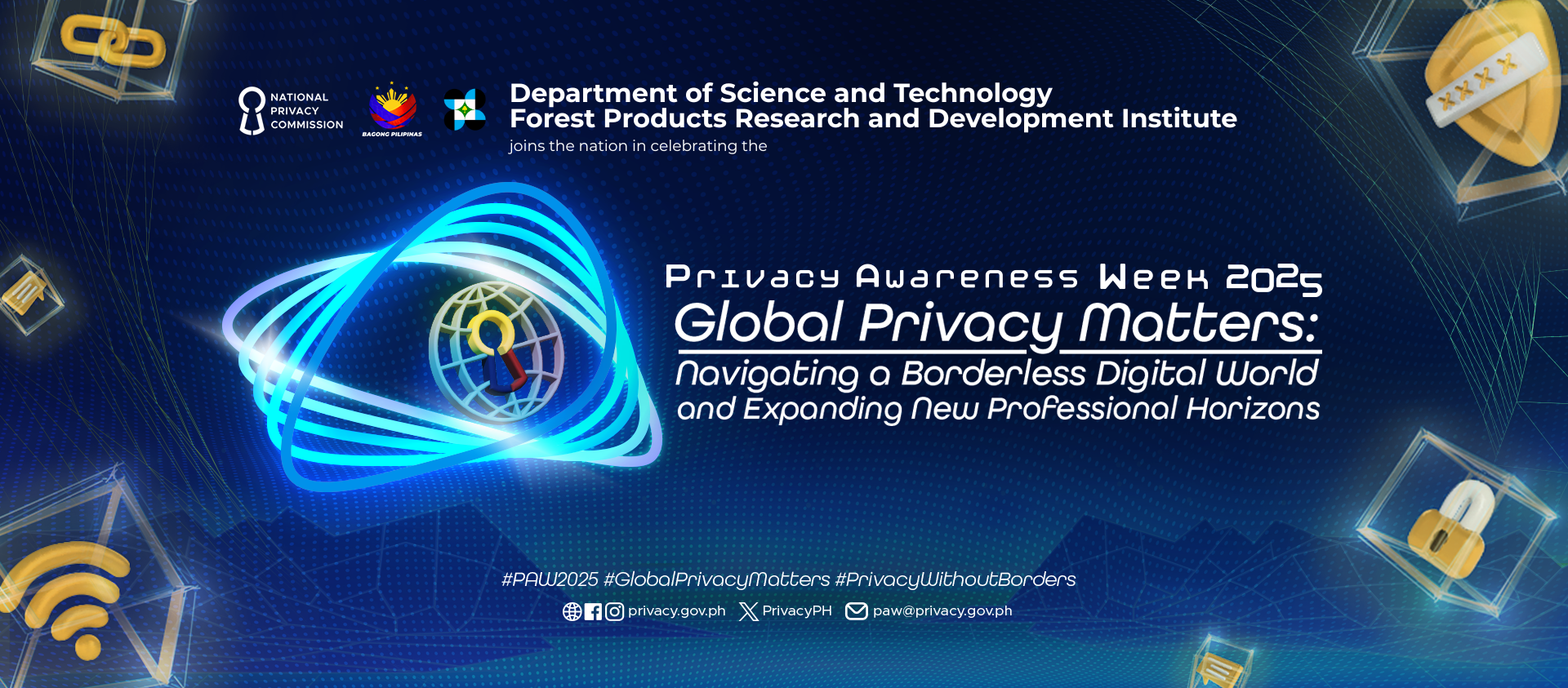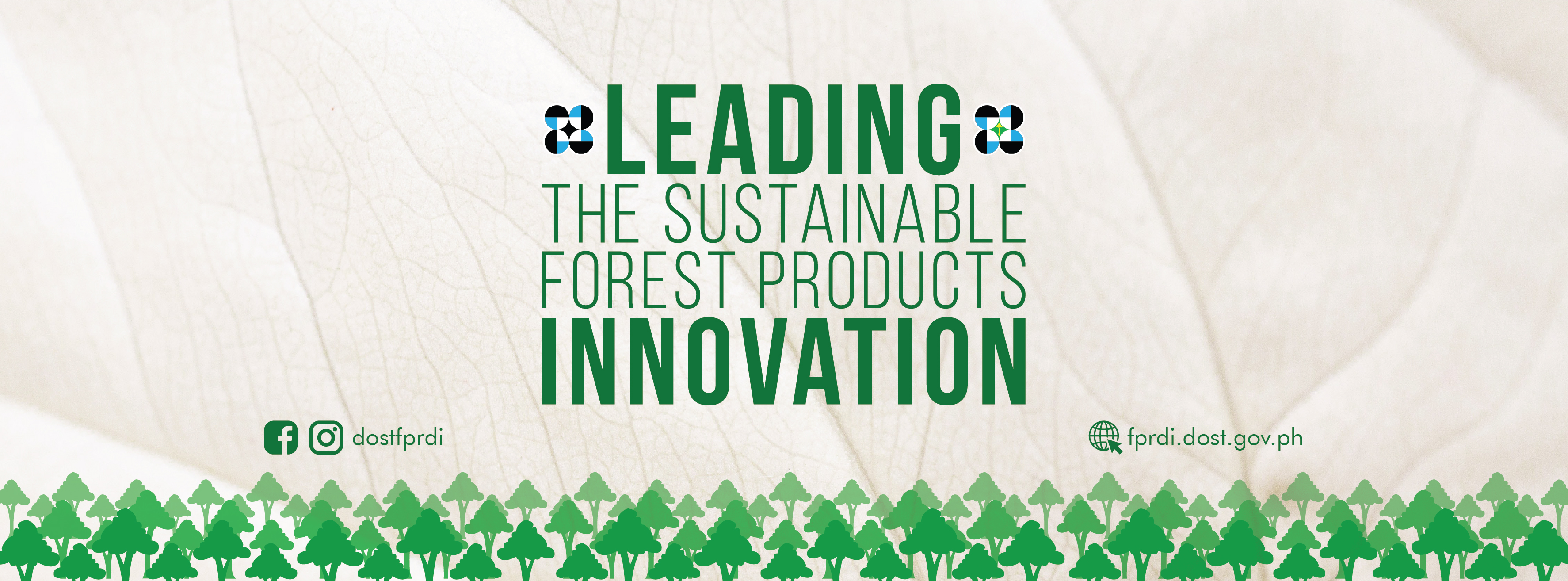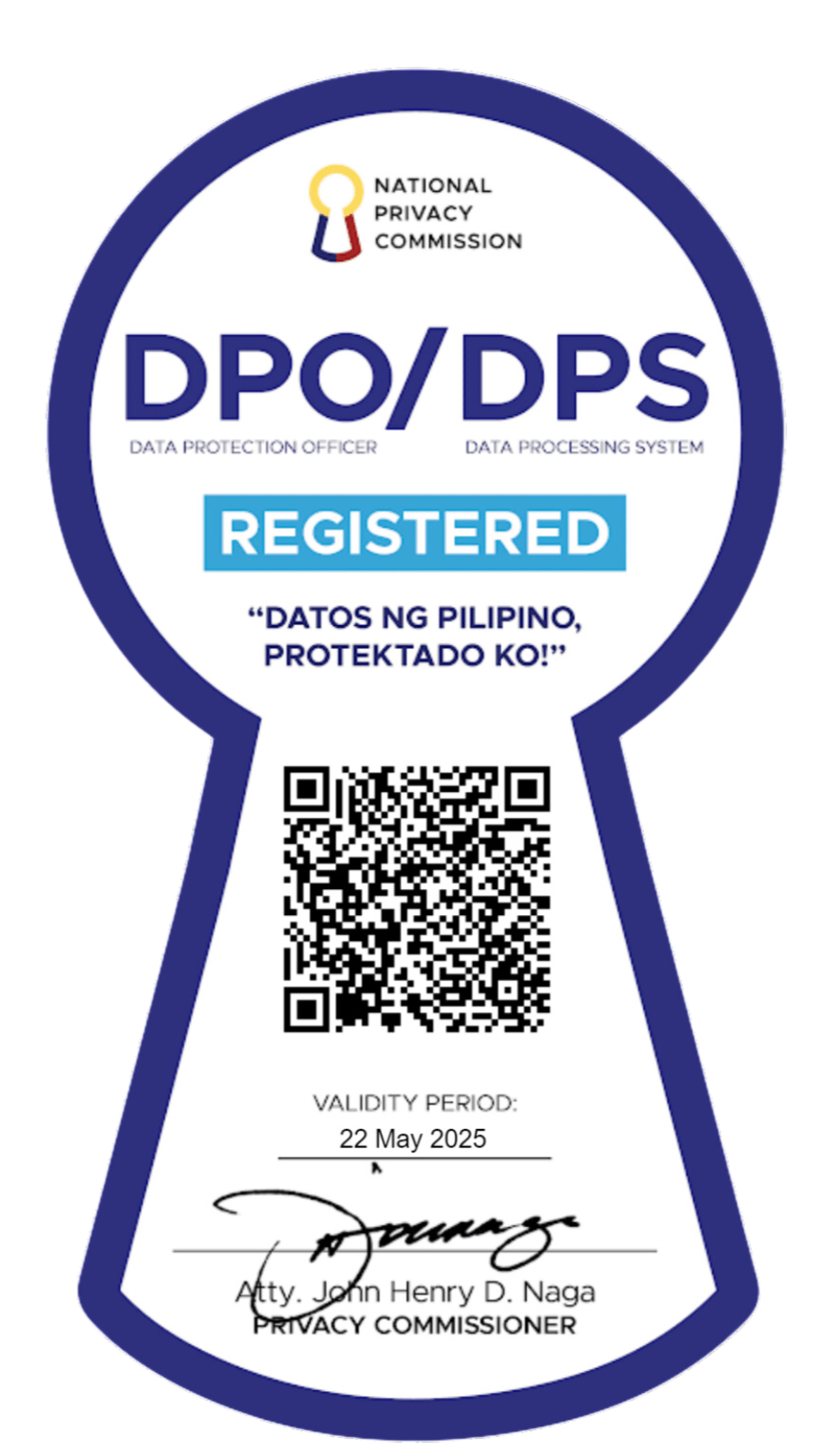DOST-FPRDI helps in cinnamon conservation
July 23, 2015
Where does the fragrant smell of your favorite cinnamon roll come from? From the spice produced by the bark of the cinnamon tree. And conserving that tree - specifically the Philippine cinnamon tree - is the focus of a project recently started by the Department of Science and Technology’s Forest Products Research and Development Institute (DOST-FPRDI) along with two partner groups.
Launched at the Cebu Normal University last May 2015, the Pinoy Cinnamon Conservation Project is DOST-FPRDI’s joint venture with the Cebu Biodiversity Conservation Foundation (CBCF), the Flora and Fauna, Intl. (FFI-Philippines) and the funding agency, Philippine Tropical Forest Conservation Foundation (PTFCF).
According to DOST-FPRDI’s Ms. Florena B. Samiano, “The project is setting its sights on three major outcomes— 1)enhanced knowledge and protection of Philippine cinnamons; 2)developed sustainable options fora community-owned cinnamon livelihood program; and 3)piloted cinnamon conservation sites in Mt. Lantoy in Argao, Cebu and Mt. Labo in Labo, Camarines Norte.
“DOST-FPRDI leads the activities for Outcome 2 and is almost ready to start its field studies on the proper way to extract the cinnamon bark,” she explains. “Our goal is to find the method that will yield the optimum bark while protecting the life of the tree.”
The cinnamon tree is known for its fragrant bark and leaves that are used worldwide by the food flavoring and pharmaceutical industries. The genus Cinnamomum has around 250 species spread across East Asia, Australia and the Pacific Islands.
Samiano adds,“In the Philippines, the tree grows in Camarines Norte and Cebu Provinces and several parts of Mindanao. In 2011, the country imported 29,000 kilos of cinnamon at USD 92,000 and exported 6,000 kilos valued at USD 23,000. Cinnamon is also an ideal species for restoring deforested areas. Despite all its benefits, however, we know very little about Philippine cinnamons.”
The launching of the Pinoy Cinnamon Conservation Project was attended by project members, as well staff from other stakeholder groups - the Baay Upland Farmers’ Association, Inc., Cebu Technological Institute, Visayas State University, and the Department of Environment and Natural Resources (DENR)- Regions V and VII.
Along with Samiano, other DOST-FPRDI researchers working on the project include For. Arsenio B. Ella and For. Emmanuel P. Domingo. (Rizalina K. Araral, 09 July 2015)#











